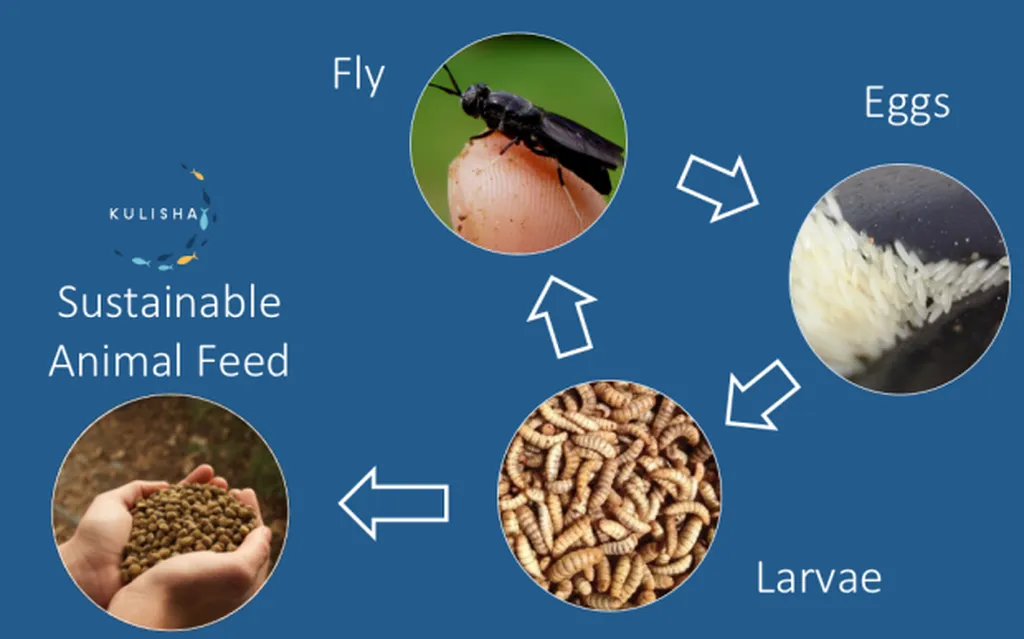In a world grappling with the escalating demand for animal protein, researchers are turning to an unconventional yet promising solution: insects. A recent study published in the journal *Cogent Food & Agriculture* (which translates to *Thoughtful Food & Agriculture*) highlights the potential of insects to revolutionize sustainable animal nutrition, offering a cost-effective and environmentally friendly alternative to traditional feeds.
Led by Mohsen Kazemi from the Department of Animal Science at the University of Torbat-e Jam in Iran, the research delves into the nutritional, economic, and environmental benefits of incorporating insects into animal feed. Kazemi and his team explored several insect species, including black soldier flies, mealworms, housefly larvae, silkworms, locusts, and crickets, each offering unique advantages at various growth stages.
The study underscores the remarkable efficiency of insects in converting organic waste into high-value biomass, a process that aligns seamlessly with the principles of circular agriculture. “Insects require minimal land and water inputs compared to conventional feeds,” Kazemi explains. “They grow on organic waste, making them a sustainable and cost-effective solution for the livestock and aquaculture industries.”
The nutritional profile of insects is equally impressive. They provide moderate to high levels of protein, a balanced amino acid profile, beneficial lipids, and essential minerals. This makes them an ideal feed alternative, particularly in light of the rising costs and resource limitations associated with traditional feeds like fishmeal and soybean meal.
The economic implications of this research are substantial. As the global demand for animal protein continues to rise, the pressure on conventional feed sources intensifies. Insect-based feeds offer a viable solution to mitigate these challenges, potentially reducing feed costs and enhancing growth performance and nutrient efficiency in livestock and aquaculture production systems.
However, the path to widespread adoption is not without hurdles. Regulatory frameworks and public perception pose significant barriers. Kazemi acknowledges these challenges but remains optimistic. “Improved rearing methods and ongoing research are paving the way for the sustainable integration of insect feeds into global food systems,” he says.
The study’s findings have far-reaching implications for the future of animal nutrition. As the world seeks sustainable and cost-effective solutions to meet the growing demand for animal protein, insects emerge as a promising alternative. Their ability to convert waste into valuable biomass, coupled with their nutritional benefits, positions them as a key player in the future of sustainable agriculture.
This research not only sheds light on the potential of insects as a feed source but also underscores the need for continued innovation and collaboration in the field. As Kazemi and his team continue to explore the possibilities, the agricultural and energy sectors stand to benefit from this burgeoning field of study. The journey towards sustainable animal nutrition is underway, and insects are leading the way.

